










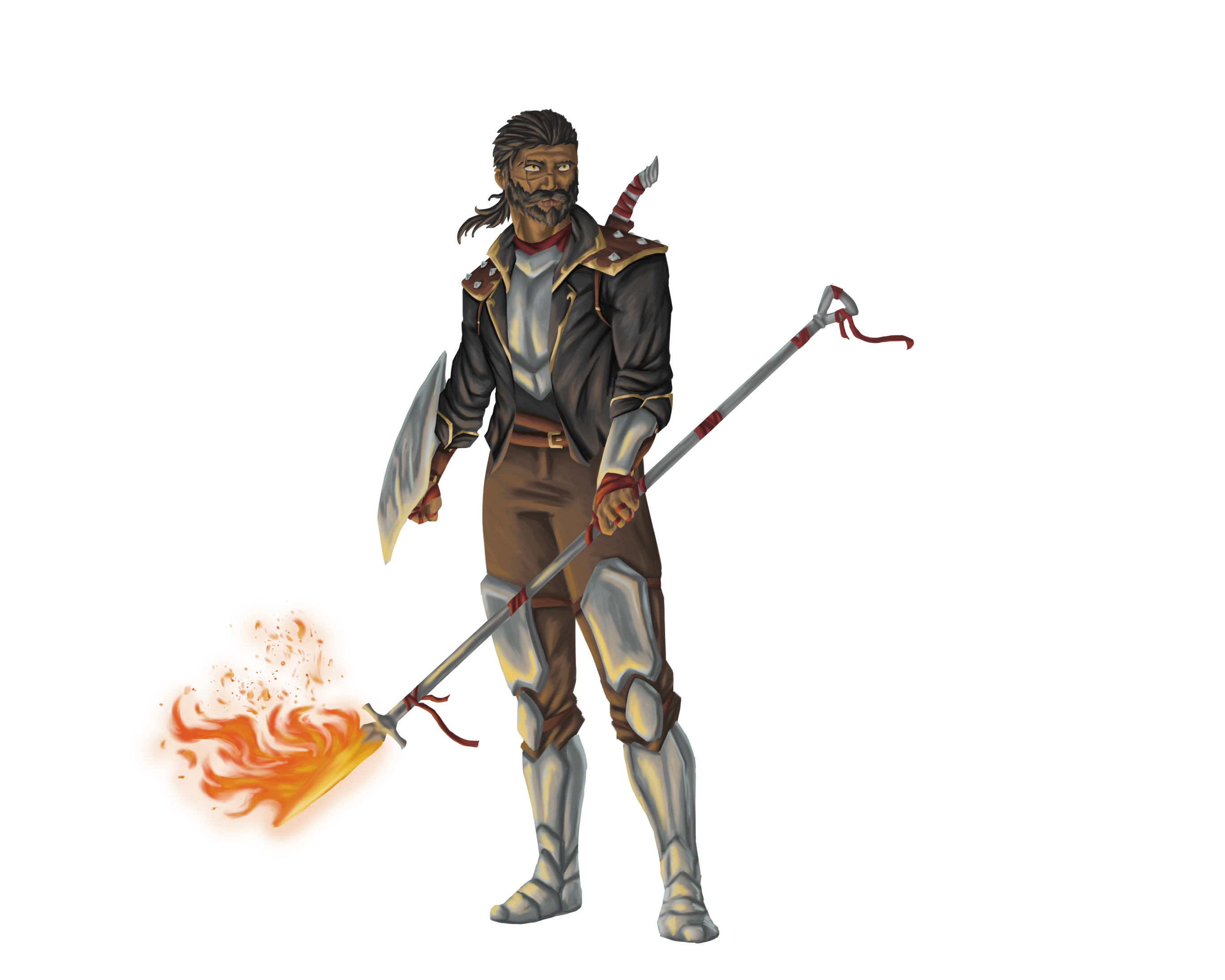

Blood Hunter: Rebranded
An old veteran stands off against the demon he has been chasing for days on end. It screeches and thrashes, but he remains resolute, calmly drawing his swords. The two clash, a flurry of steel and claw. His blades spark up a crimson electricity and he parts the demon’s horned head from its neck. The man tends to his wounds, before picking up a terrible scent on the wind. There are more where this one came from. He sets out on the road once again, knowing his swords would taste much more blood before the sun dawns.
The stranger returned to town, dragging the corpse of the cockatrice that had been killing the towns wildstock. She threw it down at the feet of the towns mayor, but refused payment. Instead, she bent down and drained some of the monsters blood into vials and cut away its talons. She left town without ever giving her name.
A group of bandits rest around a campfire, laying out their ambush plan for the next wagon they come across. As they drink and feast, the noise reaches the ears of a nomad in the wilds. None of the raiders notice the beast-man moving in the shadows, until his claws are at their throats.
Often feared or misunderstood, and driven by an unending drive to destroy the wicked, blood hunters are disciplined and dangerous warriors who have bound their essence to the dark creatures they hunt to gain an edge against their prey. Armed with the rites of forbidden blood magic and a willingness to sacrifice their own vitality and humanity for the cause, they protect the realms from the shadows, ever vigilant to avoid becoming the same monsters they choose to hunt.
Sacrifice to Preserve Life
While most of the classic schools of magical study are well known and widely respected, the less refined and macabre incantations of blood magic have long been forbidden and lost to most of the civilized world. Blood hunters have reclaimed these techniques away from the judging eyes of society, finding its esoteric nature effective against the evils that often defy the divine powers that historically hold the line.
Through careful study and practice, blood hunters have honed the rites of blood into their combat prowess, forfeiting a facet of their health to infuse their weapons with powerful blood magic and summoning the elements to envelop their strikes. They can sear an arcane brand into the body of their quarry that hinders their foe’s abilities and punishes their aggression, or steel themselves to endure the most horrid aspects of their prey. Willing to suffer whatever it takes to achieve victory, these adept warriors have forged themselves into a potent force against the terrors that threaten the innocent.
A Monster to Fight Monsters
Whether driven by the wish to make a difference in a dangerous world, the need to take vengeance for a great wrong they have suffered, being inspired by witnessing the strange and powerful techniques of another blood hunter in person, or just seeking a place to belong in an uncaring world, the reasons one may take up the hunt and choose this life are many and varied. In joining an order of blood hunters, one is also joining a tight family bound by service to each other and the common cause. For many, this is the only family they have known or have left, so the kinship felt between members of an order is a bond neigh unbreakable.
Beyond the boundaries of the order, however, the life of a blood hunter is often not an easy one. The harsh training of blood hunter orders regularly leave one visibly changed and prone to unsettle common folk, and the witnessing of blood magic can invoke a superstitious fear from even the most learned scholar. While some societies have come to accept the good deeds of the orders, many blood hunters publicly hide their nature unless absolutely necessary, feeling more comfortable in the wilds and wastes of the world where the Orders commonly train. Even so, the best work a blood hunter can do usually involves the poor and defenseless on the outskirts of society, those prone to the corrupting touch of fiends and dark intension. Braving the threat of vilification, these dark protectors wade through civilization, earning coin as mercenaries or bounty hunters, ever watching for the signs of something more nefarious beneath the surface.
In choosing this path, a blood hunter has irrevocably given a part of themselves to their cause, physically, emotionally, and sometimes morally. The orders of blood hunters practice their own unique ideals and methods, often employing techniques with dark origins that test the strength and will of these guardians. Many wrestle with the fear of losing this struggle, so a life of discipline and vigilance drives their travels as they wander the countryside in search of like-minded adventurers and whispers of dark deeds afoot.
Creating a Blood Hunter
As you create a blood hunter, the most important aspects of your character are why you were driven to this lifestyle, and why do you seek to give up everything to wallow in the dark with the evils you hunt? Did you lose a loved one to a fiendish beast and now wish to prevent others from suffering the same fate? Do you seek a sense of purpose and security, and found this among the order that has taken you in? Have you always carried a seed of darkness within you, and seek kin to watch over you and prevent you succumbing to it? Were you once a holy warrior who strayed from his faith and was cast out, but still seek to give yourself to the cause of protecting the innocent? Or are you a criminal with a dark past seeking to make amends, taking this life as a path of penance?
What is your relationship with the powers of blood and the abilities it promises to grant you as you step closer to its mastery? Do you respect and fear the ancient power that surges through your veins, using them only when necessary? Do you relish in the strength it offers you, embracing your gifts and using them freely? Are you worried the superstitions are right, and this power will eventually turn you into one of the monsters you hunt? Or has your study instilled you with the confident control of mind over matter, certain you can bend these gifts to bring a brighter dawn?
Consider too that while a blood hunter belongs to an order, many strike out on their own to do their best work. What made you leave the comfort of your order? Do you intend to return, or have you decided you have more to learn in the world beyond? What do you seek in other adventurers that can help you meet your goals?
While most blood hunters follow a path of good or neutrality in their pursuits, some have fallen to the dark, seductive side of blood magic and use their abilities for selfish and evil purposes. These deviants are always thrown from the order, and often hunted along with the creatures they once trained to fell.
Quick Build
You can make a blood hunter quickly by following these suggestions. First, make Strength or Dexterity your highest ability score, depending on whether you want to focus on melee weapons, or ranged and finesse weapons. Make Constitution or Intelligence your next highest if you plan to focus on the potency of attacking or spellcasting. Then, select the urchin or Soldier background.
The Blood hunter
| Level | Proficiency Bonus | Features | Crimson Rite Die | Brands Known |
|---|---|---|---|---|
| 1st | +2 | Bane of the Wicked, Crimson Rite | 1d4 | - |
| 2nd | +2 | Fighting Style, Hematic Brand (1/rest) | 1d4 | 2 |
| 3rd | +2 | Blood Hunter Order | 1d4 | 2 |
| 4th | +2 | Ability Score Improvement | 1d4 | 2 |
| 5th | +3 | Extra Attack | 1d6 | 2 |
| 6th | +3 | Hematic Brand Improvement (2/rest) | 1d6 | 3 |
| 7th | +3 | Order Feature | 1d6 | 3 |
| 8th | +3 | Ability Score Improvement | 1d6 | 3 |
| 9th | +4 | Hunter's Talent | 1d6 | 3 |
| 10th | +4 | Dark Augmentation | 1d6 | 3 |
| 11th | +4 | Order Feature, Hematic Brand Improvement (3/rest) | 1d8 | 4 |
| 12th | +4 | Ability Score Improvement | 1d8 | 4 |
| 13th | +5 | Blood Adept | 1d8 | 4 |
| 14th | +5 | Hardened Soul | 1d8 | 4 |
| 15th | +5 | Order Feature | 1d8 | 4 |
| 16th | +5 | Ability Score Improvement | 1d8 | 4 |
| 17th | +6 | Hematic Brand Improvement (4/rest) | 1d10 | 5 |
| 18th | +6 | Order Feature | 1d10 | 5 |
| 19th | +6 | Ability Score Improvement | 1d10 | 5 |
| 20th | +6 | Sanguine Mastery | 1d10 | 5 |
Class Features
As a blood hunter, you gain the following class features.
Hit Points
Hit Dice: 1d10 per blood hunter level
Hit Points at 1st Level: 10 + your Constitution modifier
Hit Points at Higher Levels: 1d10 (or 6) + your Constitution modifier per blood hunter level after 1st
Proficiencies
Armor: Light armor, medium armor, shields
Weapons: Simple weapons, martial weapons
Tools: Alchemist’s supplies
Saving Throws: Dexterity, Intelligence
Skills: Choose three from Athletics, Acrobatics, Arcana, History, Insight, Investigation, Religion and Survival
Equipment
You start with the following equipment, in addition to the equipment granted by your background:
- (a) a martial weapon or (b) two simple weapons
- (a) a light crossbow and 20 bolts or (b) a hand crossbow and 20 bolts
- (a) studded leather armor or (b) scale mail armor
- an explorer’s pack
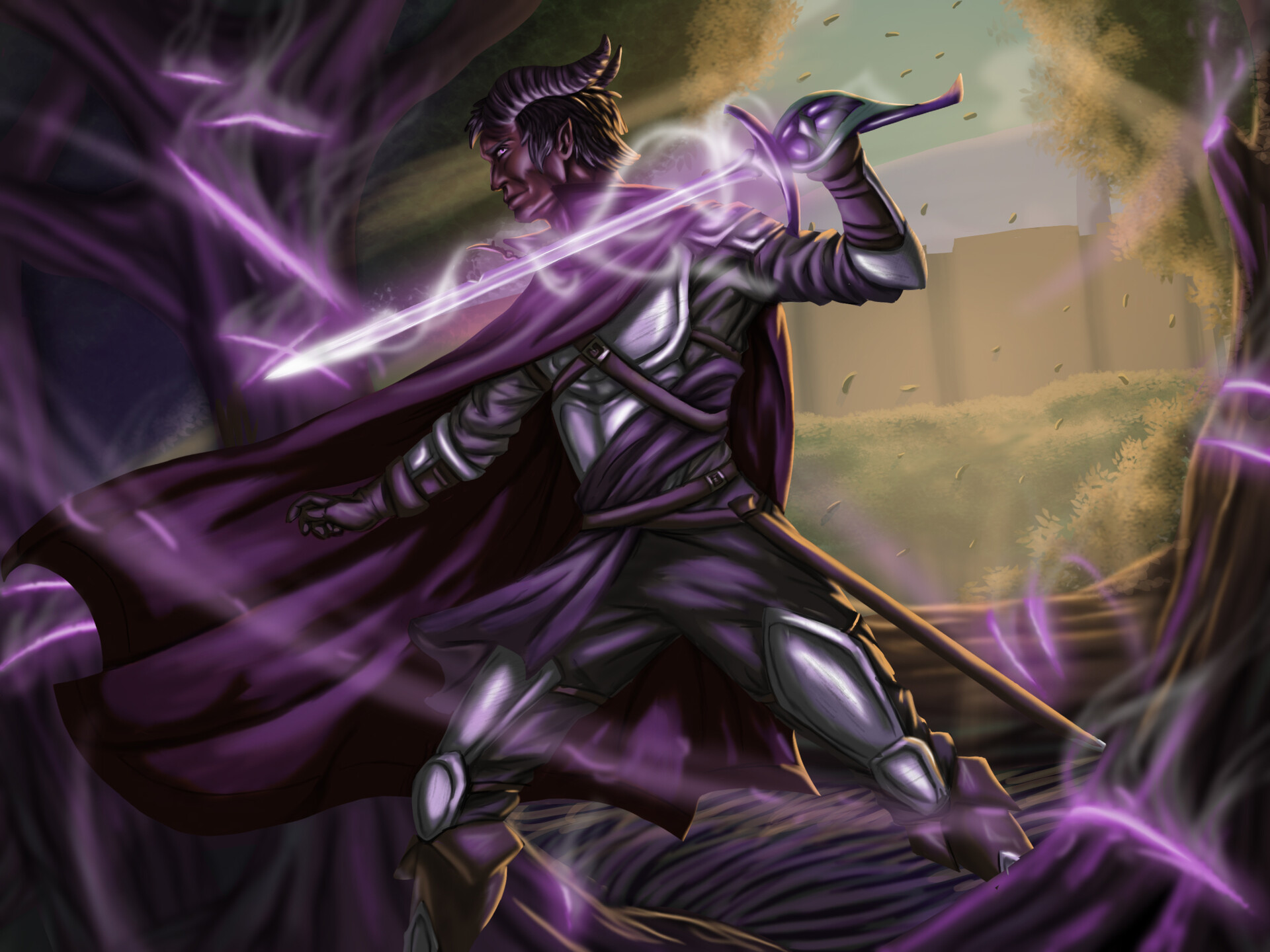















Bane of the Wicked
Beginning at 1st level, you have bound yourself to the darkness and honed your senses against it. You gain darkvision up to 30 feet. You also have advantage on Wisdom (Survival) checks to track Fey, Fiends, and Undead, as well as on Intelligence checks to recall information about them.
Crimson Rite
At 1st level, you learn to invoke a rite of blood magic within your weapon at the cost of your own vitality.
When you roll initiative, or as a bonus action on your turn, you can choose a rite you know and activate a Crimson Rite on a single weapon you are holding. When you activate a rite, roll a d4, you lose hit points equal to the number rolled. This loss of hit points can't be prevented through resistance or immunity, and bypasses temporary hit points.
While you have a rite active on a weapon, attacks from that weapon deal an additional d4 of damage of the damage type your rite grants. This activation ends when you take a short or long rest, or if you aren’t holding the weapon at the end of your turn.
Both the initial die of hit points that you lose with this feature, as well as the bonus damage dealt by your weapon attacks increases as you gain levels, as shown in the Crimson Rite Die column in the Blood Hunter table.
At 1st level, you know one rite listed below. At 6th level, and again at 10th level, you learn an additional rite.
Rites
Choose from the following:
Rite of Flame. Your rite damage is fire damage.
Rite of Frost. Your rite damage is cold damage.
Rite of Storm. Your rite damage is lightning damage.
Crimson Rite and Ranged Weapons
Applying Crimson Rite to a ranged weapon with the Ammunition property, such as a bow, crossbow, or firearm causes all ammunition launched from that weapon to benefit from Crimson Rite.
Applying Crimson Rite to a ranged weapon with the Thrown property, such as javelins or spears, could cause your Crimson Rite to fade unless you have a way to retrieve the weapon before the end of your turn.
Fighting Style
At 2nd level, you adopt a style of fighting as your specialty. Choose one of the following options. You can’t take a Fighting Style option more than once, even if you later get to choose again.
Archery
You gain a +2 bonus to attack rolls you make with ranged weapons.
Defense
While you are wearing armor, you gain a +1 bonus to AC.
Dueling
When you are wielding a melee weapon in one hand and no other weapons, you gain a +2 bonus to damage rolls with that weapon.
Great Weapon Fighting
When you roll a 1 or 2 on a damage die for an attack you make with a melee weapon that you are wielding with two hands, you can reroll the die and must use the new roll, even if the new roll is a 1 or a 2. The weapon must have the two-handed or versatile property for you to gain this benefit.
Two-Weapon Fighting
When you engage in two-weapon fighting, you can add your ability modifier to the damage of the second attack.
Hematic Brand
At 2nd level, when you damage any creature with a Crimson Rite die, you can choose to sear an arcane brand into them. (No action required) When you do so, choose a Brand that you know and apply its effects to the creature. You can apply a Brand once each short rest.
Brand effects last for up to a minute, or until you dismiss the magical effects of the Brand (no action required). Only one creature can be affected by a Brand of yours at a time.
You know two Brands from the list at the end of the class description. When you gain a level in this class, you can replace a known Brand with another Brand you could learn at that level.
Some Brands require creatures to make saving throws to resist their effects. The saving throw DC is calculated as follows:
Brand Save DC = 8 + your proficiency bonus + your Intelligence modifier
At 6th level, when a creature branded by you dies, you regain hit points equal to a roll of your Crimson Rite die + your Constitution modifier (Minimum of 1).
Also at 6th level, and again at 11th and 17th level, you learn another Brand from the list, and can apply a Brand an additional time before resting.
Blood Hunter Order
At 3rd level, you commit to an order of blood hunters and follow their path and prey on your journey. Choose Order of the Aberrant Slayer, Order of the Alchemist, Order of the Gravekeeper, Order of the Lycan, or Order of the Pactmaker, all detailed at the end of the class description. The order you choose grants you features at 3rd level, and again at 7th, 11th, 15th, and 18th level.
Ability Score Improvement
When you reach 4th level, and again at 8th, 12th, 16th and 19th level, you can increase one ability score of your choice by 2, or you can increase two ability scores of your choice by 1. As normal, you can’t increase an ability score above 20 using this feature.
Extra Attack
Beginning at 5th level, you can attack twice, instead of once, whenever you take the Attack action on your turn.
Hunter's Talent
At 9th level, you become more reliable when it comes to getting the job done. Whenever you fail a skill check, you can roll a Crimson Rite die and add it to the roll, potentially turning the check into a success.
You can use this feature a number of times equal to your Intelligence modifier each long rest.
Dark Augmentation
Upon reaching 10th level, arcane blood suffuses your body, permanently reinforcing your resilience. Your speed increases by 5 feet, and when you make a Strength, Dexterity, or Constitution Saving throw, you can add your Intelligence modifier to the result (minimum of 1).
Blood Adept
At 13th level, you learn to intensely focus your blood magic in combat. Whenever you roll a Crimson Rite die and you roll a 1 or 2, you may reroll that die. You must use the new result.
Hardened Soul
When you reach 14th level, you can no longer become frightened, and you have advantage on saving throws against magical Charm effects.
Sanguine Mastery
Upon becoming 20th level, you have perfected the art of your hunt.
Your Constitution score increases by 2, and your Constitution score maximum increases by 2.
Whenever you take damage from a Fey, Fiend, or Undead creature, or a creature Branded by you, reduce that damage by your Constitution modifier.

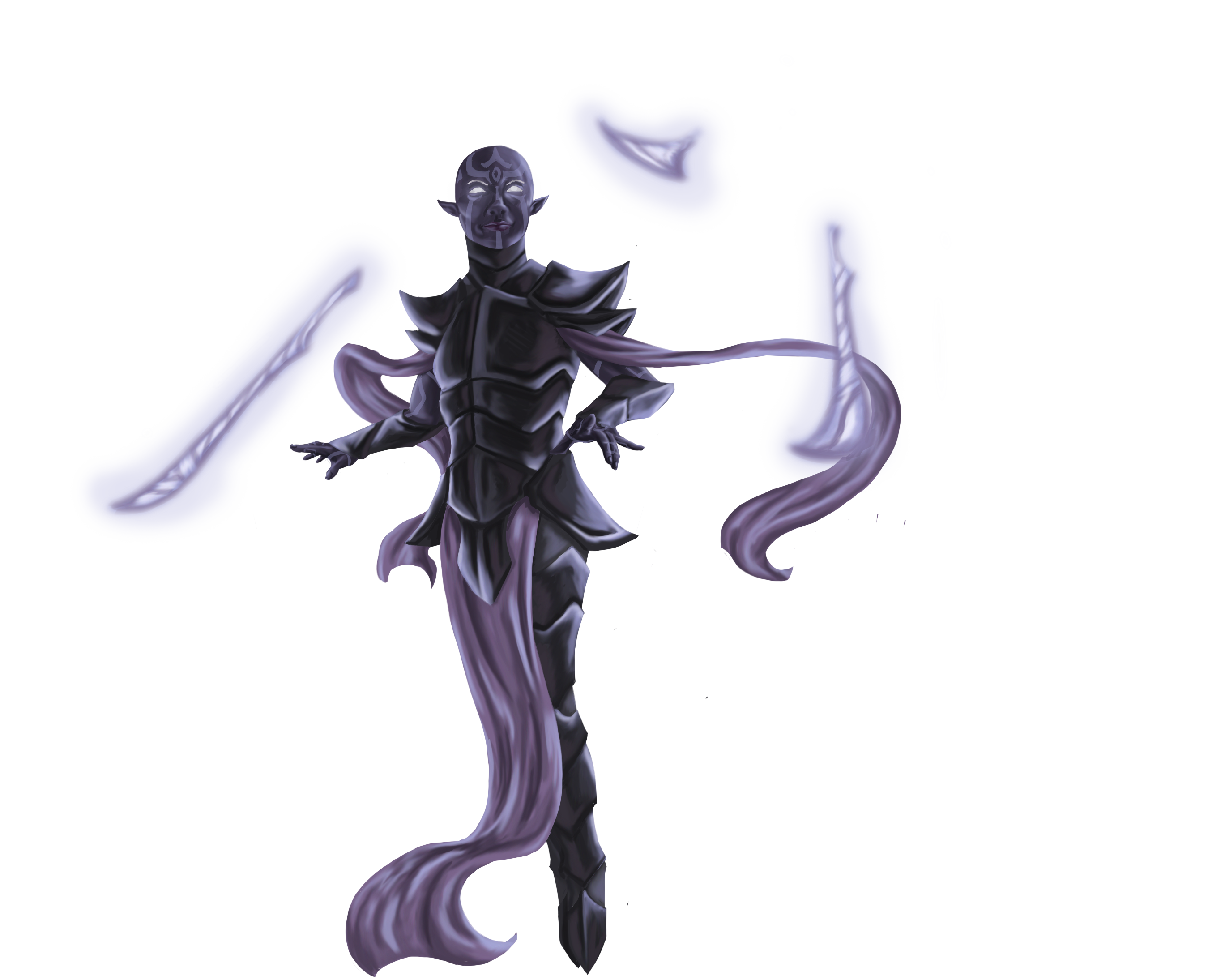
Blood Hunter Orders
There are a handful of secretive orders of blood hunters that guard their cryptic techniques and blasphemous rituals. One must adhere to one of these orders to even be granted access to the blood magic the Orders covet, and only once they’ve proven their ability will they be trusted to embrace greater powers, and secrets, within their Order. Some even wait a few years before they are sure they want to continue down this cursed path. Either or, it’s within these small, enigmatic sects that the real power of a blood hunter is learned.
Order of the Aberrant Slayer
Of the many threats against the mortal realm, the terrifying horrors that originate from the Astral Plane and the Far Realm are some of the most dire. For foes such as these, a blood hunter must adapt their skills to unique warfare, that of the mind and psionics. This Order of blood hunters are considered strange even by others of their kind, a result of the reality-breaking foes they often clash with. Aberrant Slayers have trained to gain limited psionic abilities, to better defend themselves against enemies as well as aid in their hunt.
Mental Warfare
Starting at third level, your psionic powers expand your ability in combat. You learn the Rite of Madness (Detailed below).
Rite of Madness. Your rite damage type is Psychic.
In addition, whenever you make an attack with a weapon you have applied a Crimson Rite to, you can use your Intelligence modifier for attack and damage rolls with that weapon, instead of Strength or Dexterity.
Psionic Feats
Also at 3rd level, you can manifest your mental power through a number of Psionic Feats. You know three such options, listed below. You can use a number of Psionic Feats equal to your Intelligence modifier (minimum of 1) each long rest.
Telepathic Link. As a bonus action, you form a link with a friendly creature within 30 feet of you that you can see. For the next hour, you and the linked creature can telepathically communicate, and can understand any language that the other communicates. This link fades if you and the linked creature are more than 120 feet away from each other.
Force Wave. When you take the attack action, you can replace one of your attacks with a wave of force. Each creature within a 15 foot cone originating from you must make a Strength saving throw against your Brand save DC. On a failure, that creature is pushed back 15 feet in the direction the cone faces. Objects that weight 10 pounds or less that aren't being worn or carried within the cone are also pushed back 30 feet in the same direction.
Psionic Barrage. As an action, you can summon a number of psionic blades equal to your Intelligence modifier (Minimum of 1). For each of these blades, make a ranged weapon attack against a creature you can see within 30 feet. You are proficient with these weapons, and use your Intelligence modifier for attack and damage rolls. The damage dealt by this weapon is psychic damage, and its damage die is equal to your Crimson Rite die.
Honed Mind
At 7th level, you gain resistance to psychic damage. Additionally, whenever you take a short rest, you can restore up to one use of your Psionic Feats feature.
Psionic Acuity
At 11th level, you learn additional Psionic Feats.
Shared Reflex. When you and up to one other creature you can see roll initiative, you can choose to swap places in the initiative order with that creature. If that creature is unwilling, it can resist this effect with a successful Wisdom saving throw against your Brand Save DC.
Psychic Flight. As an action, you gain a flying speed for up to ten minutes, this speed is equal to your walking speed. When this effect ends, if you are less than 30 feet above a surface, you float harmlessly to the ground.
Improved Force Wave. Creatures that fail their saving throw against your Force Wave are also knocked prone.
Inscrutable Mind
Beginning at 15th level, whenever you take a short rest, you can regain one additional use of Psionic Feats.
Whenever you use a Psionic Feat ability, you can levitate up to 10 feet in any direction without provoking opportunity attacks.


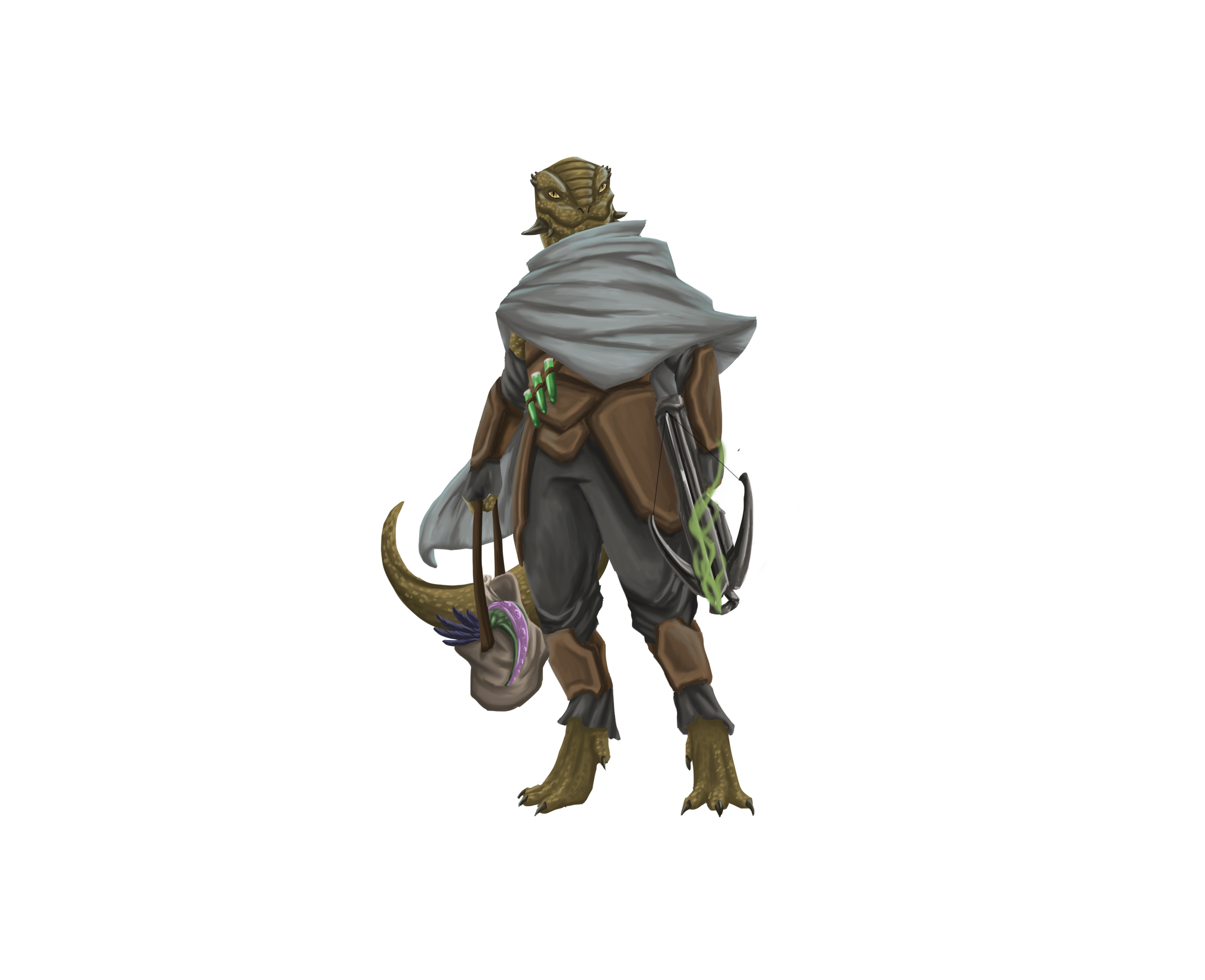
Total Control
When you reach 18th level, you can attempt to take hold over the mind of a creature.
As an action, you can expend any number of uses of your Psionic Feats ability to target a creature within 60 feet that you can see, that creature must make a DC 10 Wisdom saving throw or be enthralled as if under the effects of Dominate Monster for up to an hour. Each use of Psionic Feats that you expend when using this ability increases the DC for this effect by 2.
You must concentrate on this feature as if you were concentrating on a spell, and can only have one creature enthralled at a single time.
Order of the Alchemist
The process of becoming a blood hunter is a painful, scarring, and sometimes fatal experience. Those that survive find themselves irrevocably changed, enhanced. Some found this experience exalting, embracing the ability to alter one’s own physiology through corrupted alchemy.
Over generations of experimentation, a splinter order of blood hunters began to emerge, one that focused on brewing toxic elixirs to modify their capabilities in battle, altering their blood and, over time become something beyond human. They called themselves the Order of the Alchemist.
Toxin Savant
When you take this order at 3rd level, the secrets of alchemical formula are ingrained into your mind and your body. You have resistance to poison damage, and advantage on saving throws against the poisoned condition.
You learn the Rite of the Plague (Detailed below).
Rite of the Plague. Your rite damage is poison.
Alchemical Formulas
You begin to uncover forbidden alchemical formulas that temporarily alter your mental and physical abilities.
Beginning at 3rd level, you learn one mutagen from each recipe type (Might, Vitality or Occult) from the Mutagens list detailed at the end of this order description. You learn an additional formula at 7th level, 11th level, 15th level, and 18th level from any recipe type.
Over the course of a long rest, you can choose a mutagen recipe you know and replace it with another from the list.
Mutagens
You can take a short rest to concoct a single mutagen. Consuming a single mutagen requires a bonus action, and if a lingering effect is listed it lasts for up to an hour, or until you take a short or long rest.
Mutagens are designed for your biology. They have no effect on large or larger creatures, and deal 2d6 poison damage to other medium or smaller creatures that drink the mutagen, without granting any benefit. They are also unstable by nature, losing their potency over time and becoming inert if not swallowed before you finish your next short or long rest.
Advanced Mutagen Craft
Beginning at 7th level, your body has begun to adapt to toxins and venoms, ignoring their corroding effects. You gain immunity to the poisoned condition.
Additionally, when you take a short rest to concoct a mutagen, you can now create two. Mutagens must be different formulas, and can be ingested with overlapping effects that each last an hour. Each mutagen still takes a separate bonus action to imbibe.
Apothecary Adept
Beginning at 11th level, you can ingest any potion, not only your mutagens, as a bonus action.
In addition, whenever you ingest a mutagen you concocted, you regain hit points equal to your intelligence modifier.
Robust Physiology
At 15th level, you gain immunity to poison damage.
Additionally, when you take a short rest to concoct a mutagen, you can now create three. Mutagens must be different formulas, and can be ingested with overlapping effects that each last an hour. Each mutagen still takes a separate bonus action to imbibe.

Permanent Mutation
At 18th level, your body has begun producing one of your toxins naturally. Choose one of your known mutagen formulas. You gain the benefits of this mutagen permanently. You cannot change this choice of formula after this feature is acquired.
Mutagens
Might Recipes
Might recipes are used by blood hunters to push their body beyond its limits.
Chariot. Choose a Fighting Style from the Fighter class list. For the duration of this mutagen you have that fighting style.
Emperor. When a creature within melee range of you makes an attack against you, you can use your reaction to make an attack roll against them.
Tower. Your Strength and Dexterity scores increase by 2, and your maximum for those scores increases by 2.
Vitality Recipes
Vitality recipes are used by blood hunters to heal their wounds and keep in combat.
Judgement. As you create this mutagen over the course of a rest, choose a damage type. You have resistance to that damage type.
Sun. Whenever you gain hit points from a single source, add your Constitution modifier to the hit points you receive.
Temperance. Your armor class increases by 2.
Occult Recipes
Occult recipes are used by blood hunters to affect magical sources, both their own and others.
Hermit. Choose two skills, or one skill and a set of tools. You gain proficiency with the chosen skills and tools.
Magician. Choose two Abilities (ex. Strength and Charisma). You have advantage on skill checks and saving throws with one of the Abilities, and disadvantage on skill checks and saving throws with the other.
Priestess. Once per round, when you roll a 1 on the d20 for an attack roll, ability check, or saving throw, you can reroll the die and must use the new roll.
Optional Rule: Custom Mutagens
Page 79 in Xanathar's Guide to Everything has general rules for what can be done with Alchemist's supplies. Blood hunter Alchemists can also create their own mutagens with Alchemist's supplies, if the DM applies these rules.
Harvesting. An Alchemist can harvest potent ingredients from slain monsters. The player can make an Intelligence (Investigation) check to harvest the blood or other applicable aspects of a creature. The DC for this check is equal to 10 + half the challenge rating of the monster, rounded down. A successful check produces one use of the ingredient.
For each 5 that the Blood Hunter rolls above the DC, they harvest an additional use of the ingredient.
Concocting. Over the course of a day, a Blood Hunter can experiment with their harvested ingredients during downtime. This experimentation is best suited for a laboratory or study, as the portable Alchemists supplies only carry the bare necessities.
For each ingredient harvested, the Blood Hunter can make a DC 15 Intelligence check to create a Mutagen recipe, adding their proficiency bonus with Alchemist's supplies if they have proficiency in that tool. This check consumes a use of the ingredient. On a success, the Blood Hunter can replace a known Mutagen with this new Mutagen. The recipe will usually involve one of the traits from the harvested creature. The exact nature of the Mutagen is determined by the DM.
Use. At the end of their downtime, the Blood Hunter can prepare ingredients in their portable Alchemist's supplies. They can only do so for one custom Mutagen at a time, switching this new Mutagen for another requires another day of downtime. Crafting this Mutagen follows the same rules as the others, only it consumes a use of the harvested ingredients to create.
For Example. Gerard harvests bone marrow from a Hellhound slain by his party. In his lab, he concocts a Mutagen that grants him immunity to Fire damage, as well as advantage on Wisdom (Perception) checks that rely on hearing or smell. (If the DM feels giving damage immunities to a player is too powerful, they can always change it to resistance, as these mutagens are not as powerful as innate magical abilities.)
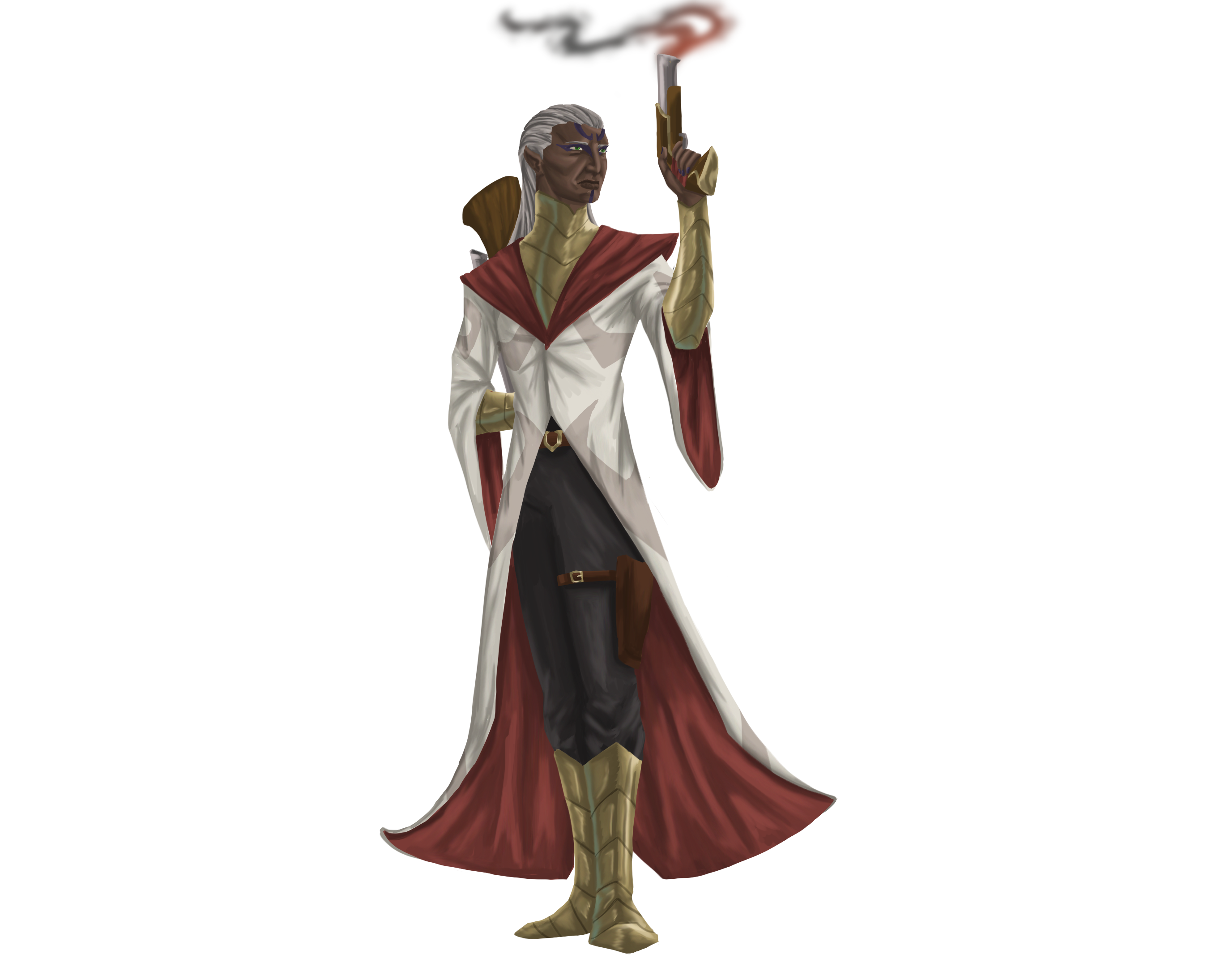
Order of the Deadeye
The newest of the blood hunter orders are the upstart sharpshooters known as Deadeyes. Infusing firearms with their unique blood magic, they are able to wield the weapon with superhuman abilty. Deadeyes are known for their skill and cold efficiency. After all, it's hard to empathize with a creature that's just a dot on the horizon.
Arms Expert
When you take this order at 3rd level, you gain proficiency in firearms, as well as smith's tools.
Additionally, when you activate Crimson Rite on a firearm, or when you reduce a hostile creature to 0 hit points with an attack from a firearm, you can reload that firearm. (No action required.)
Empowered Shot
Also at 3rd level, when you have advantage on an attack roll with a firearm, you can make an Empowered Shot. When you make do, choose one of the following options to apply to that shot.
Elemental Shot. If your firearm has an active Crimson Rite, it deals an additional Crimson Rite die of its rite damage type.
Forceful Shot. The target is pushed 5 feet away from you and must make a Strength saving throw against your Brand Save DC, falling prone on a failure.
Distant Shot. You don’t have disadvantage on targets beyond your weapons normal range for this attack.
Crimson Gamble
At 7th level, when you make an attack, you can roll a Crimson Rite die and take damage equal to the result. This damage bypasses temporary hit points and can't be reduced. When you do, you gain advantage on that attack roll. You can use this ability only once on each of your turns.
Infused Ammunition
Also at 7th level, attacks you make from firearms are considered magical for the purposes of overcoming resistance or immunity.
Empowered Artillery
At 11th level, your Empowered Shot deals an additional die of damage. Additionally you gain the following Empowered Shot options.
Disrupting Shot. The creature takes a -5 penalty to the next saving throw they make before the start of your next turn. This effect cannot stack.
Ricochet Shot. Another creature within 10 feet of the target takes damage equal to half the damage dealt to the initial target.
Hail of Bullets
At 15th level, you can use an action to unleash carnage on your enemies. For that action, you make a number of attacks with a firearm equal to your intelligence modifier. During these attacks, you can reload a firearm any number of times. (No action required)
You can use this ability once, regaining a use when you roll initiative.
Lethal Draw
At 18th level, when you critically hit a creature with an Empowered Shot, choose an additional Empowered Shot option to add to that attack.
Additionally, you have advantage on all attacks you make during the first round of combat.

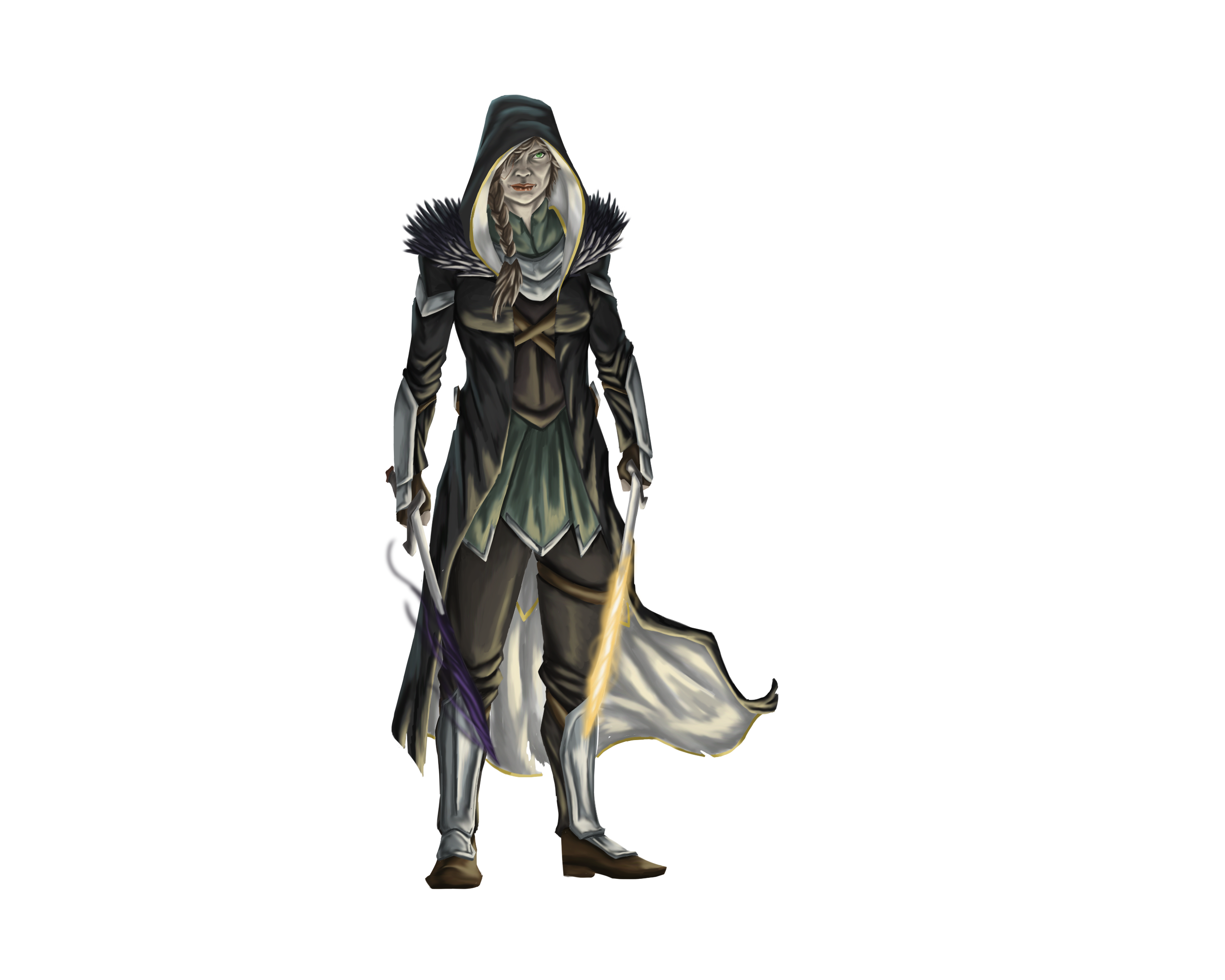
Firearms and D&D
Players and DMs should openly communicate about the inclusion of firearms in a particular setting. Firearms may sometimes clash with the theme or concept of a setting, and in such cases the mechanics of this subclass could be used with other ranged weapons.
If firearms do fit into a setting, consider how new they are to the world. Are they an established technology? Or are they a closely guarded secret? Rules for firearms can be found on pages 267-268 in the Dungeon Master's Guide. DMs seeking additional options for firearms may also include the following weapons.
If firearms are not plentiful enough to buy, instead they may be crafted by a creature proficient in smiths tools, the total cost of its parts equal to its listed cost.
Name Cost/ Weight Damage Properties Hidden Pistol 25gp/ 1 lb. 1d6 piercing Ammunition (range 15/30), reload 1, light, hidden Hand Cannon 50gp/ 1 lb. 1d8 piercing Ammunition (range 60/240), reload 4 Flintlock 300gp/ 3 lb. 1d10 piercing Ammunition (range 60/240), reload 2 Pepperbox 400gp/ 5 lb. 1d10 piercing Ammunition (range 80/320), reload 6 Heavy Rifle 750gp/ 25 lb. 1d12 piercing Ammunition (range 200/800), reload 1. two handed Hidden. A weapon with the hidden property is usually kept within the sleeve of a coat. When the user takes the attack action, they can spring the weapon to gain a +5 bonus to the next attack roll with it. It takes 1 minute to reconfigure the spring mechanism.
Order of the Gravekeeper
The Order of the Gravekeeper is the oldest and most driven of the orders, having rediscovered the secrets of blood magic and refined them for combat against the scourge of undeath. Gravekeepers seek out and study the moment of death, obsessing over the mysteries of the transition. Through this study of mortality, they have learned to turn the curse of undeath against itself by specializing in branding their foes.
Disciple of Life and Death
When you choose this order at 3rd level, you learn either the Rite of the Dawn and the Rite of the Dusk (detailed below).
Rite of the Dawn. Your rite damage is Radiant damage. While the rite is active, you gain the following benefits:
- Your weapon sheds bright light out to a radius of 20 feet.
Rite of the Dusk. Your rite damage is Necrotic damage. While the rite is active, you gain the following benefits:
- You have advantage on Charisma (Intimidation) checks.
Over the course of a long rest, you can choose to forget the rite you know from this feature and learn the other. When you reach 6th level, you know both Rites.
Brand Specialist
Also at 3rd level, when you use your Hematic Brand against a creature, you gain temporary hit points equal to a roll of your Crimson Rite die + your blood hunter level.
Additionally, when an undead creature makes a saving throw against your Brand Save DC, it does so at disadvantage.
Aura of Mortality
At 7th level, while you have an active Crimson Rite, you exert an aura up to 10 feet from you.
Creatures within this aura have resistance to necrotic damage. When you gain temporary hit points from your Brand Specialist feature, each creature in this aura also gains that many temporary hit points.

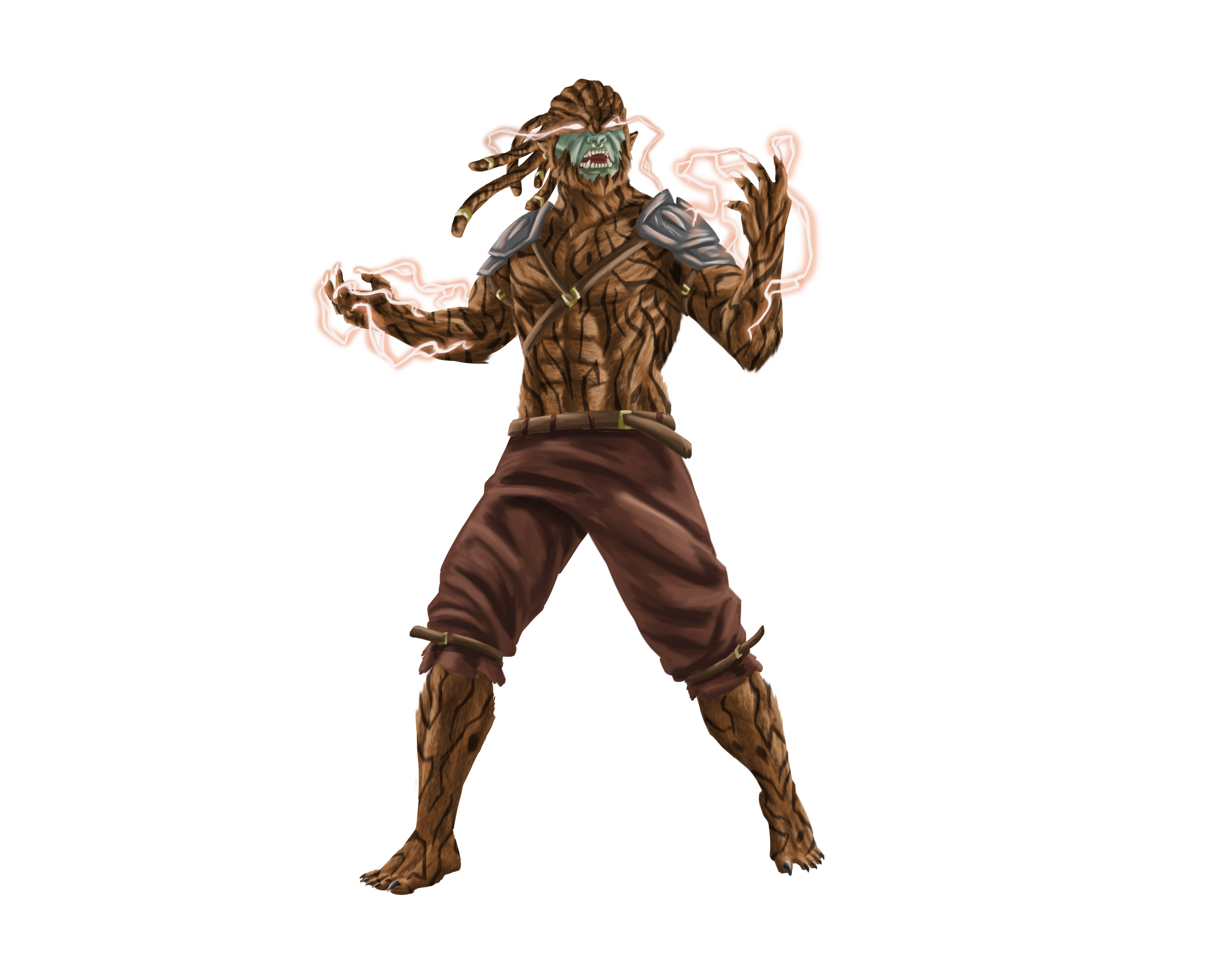
Warden of Life and Death
Upon reaching 11th level, your prolonged usage of Rites has permanently ingrained their magic within you. While your rites are active, they gain the following benefits.
Rite of the Dawn:
- When you use your Hematic Brand on a creature, you can cause that creature to be illuminated. Attacks against that creature have advantage until the end of your next turn. Once you use this ability, you can't do so again until you finish a long rest.
Rite of Dusk:
- When a creature branded by you is reduced to hit points less than or equal to 10 + your blood hunter level, you become aware that your quarry is on deaths door. While a creature is at or below this threshold, you can use a reaction to instantly kill that creature. Once you use this ability, you can't do so again until you finish a long rest.
Gravesight
At 15th level, you can see invisible creatures and objects, as well as through magical darkness, up to 30 feet away.
Additionally, creatures within your Aura of Mortality have advantage on death saving throws.
Exemplar of Life and Death
At 18th level, you are an unparalleled hunter against undeath. Your Aura of Mortality radius is increased to 30 feet.
Additionally, when you are reduced to 0 hit points, you can cause each creature within your Aura of Mortality to regain hit points equal to your blood hunter level. You also regain a use of Hematic Brand. Once you use this ability, you can't do so again until you finish a long rest.
Order of the Lycan
The Order of the Lycan is a proud order of blood hunters who undergo “The Taming”, a ceremonial inflicting of lycanthropy from a senior member. These hunters then use their abilities to harness the power of the monster they harbor without losing themselves to it. Through intense honing of one’s own willpower, combined with the secrets of the order’s blood magic rituals, members learn to control and unleash their hybrid form for short periods of time. Enhanced physical prowess, unnatural resilience, and razor sharp claws make these warriors a terrible foe to any evil that crosses their path.
Heightened Senses
Starting when you choose this archetype at 3rd level, you begin to adopt the improved abilities of a natural predator. You gain advantage on any Wisdom (Perception) checks that rely on hearing or smell.
Hybrid Transformation
Also at 3rd level, you begin to learn to control the lycanthropic curse that now lives in your blood. As a bonus action, you can transform into your Hybrid form.
This form lasts for 10 minutes. You can revert to your normal form earlier by using an action on your turn. You automatically revert to your normal form if you fall unconscious, drop to 0 hit points, or die.
While transformed, you gain the following benefits:
Predatory Strikes. The damage die of your unarmed attack is equal to your Crimson Rite die, and it deals slashing damage. Your unarmed attacks count as one weapon for the purposes of applying Crimson Rite.
Untamed Aggression. You gain advantage on strength checks and saving throws. When you take the attack action, you can make an unarmed attack as a bonus action on the same turn.
Resilient Hide. You have resistance to bludgeoning, piercing, and slashing damage from nonmagical and nonsilvered weapons. You gain +1 AC while not wearing heavy armor.
You can use this feature twice. When you take a short or long rest, replenish all uses of Hybrid transformation.
Stalkers Prowess
At 7th level, your speed increases by 10 feet. You also can add 10 feet to your long jump distance and 5 feet to your high jump distance.
In addition, your unarmed strikes count as magical for the purposes of overcoming resistance and immunities.


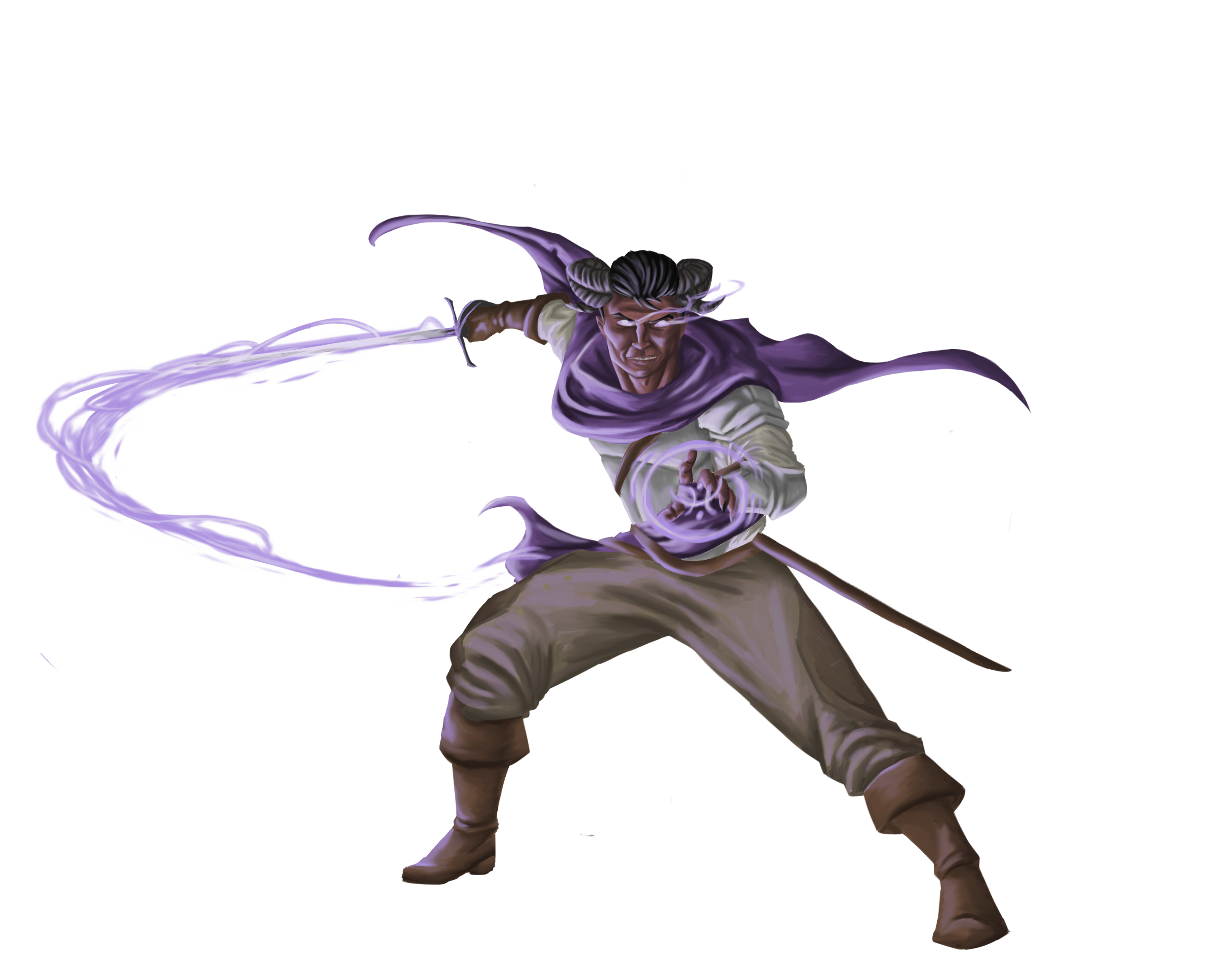
Improved Transformation
Starting at 11th level, you can use your Hybrid transformation up to three times between rests.
Additionally, your Hybrid form gains the following benefits.
Killer Instinct. Your critical strikes deal an extra Crimson Rite die of damage.
Primal Strength. You count as a Large creature for the purposes of grappling other creatures, and your carrying capacity is doubled.
Cursed Howl
Beginning at 15th level, when you enter your Hybrid form, or as a bonus action while in your Hybrid Form, you let out a blood curdling howl. Hostile creatures within 30 feet must make a Wisdom saving throw against your Brand save DC or become frightened of you until the end of your next turn.
Once you use this ability, you can't do so again until you finish a short or long rest.
Savage Champion
At 18th level, you have wrestled your inner predator and mastered it. Your hybrid form now lasts indefinitely, and you can use your Hybrid Transformation an unlimited number of times between rests.
When you use your Cursed Howl ability, enemies who fail the saving throw by 5 or more are stunned until the end of your next turn.
Order of the Pactmaker
The potency of blood magic is one of the greatest weapons a blood hunter can wield. There are some, though, that believe this is not enough. Pactmakers know that the world is anything but black and white, and sometimes lesser evils must be appeased to achieve greater peace. Making tenuous deals with these outer entities, Pactmakers unlock profane power to augment their hunt.
These blood hunters are often outcast from greater Orders, leading them to create small, similarly-minded sects that unite under common patrons.
Otherworldly Patron
When you reach 3rd level, you strike a bargain with an otherworldly being of your choice: the Archfey, the Fiend, or the Great Old One, each detailed in the warlock section of the Player's Handbook, the Undying in the Sword Coast Adventurer’s Guide, the Celestial or Hexblade in Xanathar’s Guide to Everything, or the Genie or Fathomless from Tasha's Guide to Everything.
When you learn new Warlock spells, you can choose from your patron's Expanded Spell List as detailed in the warlock class features.
The Pactmakers Spellcasting
| Blood Hunter Level | Cantrips Known | Spells Known | Spell Slots | Spell Level |
|---|---|---|---|---|
| 3rd | 2 | 2 | 1 | 1st |
| 4th | 2 | 2 | 1 | 1st |
| 5th | 2 | 3 | 1 | 1st |
| 6th | 2 | 3 | 2 | 1st |
| 7th | 2 | 4 | 2 | 2nd |
| 8th | 2 | 4 | 2 | 2nd |
| 9th | 3 | 5 | 2 | 2nd |
| 10th | 3 | 5 | 2 | 2nd |
| 11th | 3 | 6 | 2 | 2nd |
| 12th | 3 | 6 | 2 | 2nd |
| 13th | 3 | 7 | 2 | 3rd |
| 14th | 3 | 7 | 2 | 3rd |
| 15th | 3 | 8 | 2 | 3rd |
| 16th | 3 | 8 | 2 | 3rd |
| 17th | 3 | 9 | 2 | 3rd |
| 18th | 3 | 9 | 2 | 3rd |
| 19th | 3 | 10 | 2 | 4th |
| 20th | 3 | 11 | 2 | 4th |
Pact Magic
Your Otherworldy Patron grants you the ability to cast spells. See chapter 10 of the Player's Handbook for the general rules of spellcasting and chapter 11 in the Player's Handbook for the Warlock spell list.
Cantrips. You learn two cantrips of your choice from the warlock spell list. You learn an additional warlock cantrip of your choice at 10th level.
Spell Slots. The Pactmaker Spellcasting table shows how many spell slots you have. The table also shows what the level of those slots is; all of your spell slots are the same level.
To cast one of your warlock spells of 1st level or higher, you must expend a spell slot. You regain all expended spell slots when you finish a short or long rest.
For example, when you are 8th level, you have two 2nd-level spell slots. To cast the 1st-level spell witch bolt, you must spend one of those slots, and you cast it as a 2nd-level spell.
Spells Known of 1st Level and Higher. At 3rd level, you know two 1st-level spells of your choice from the warlock spell list.
The Spells Known column of the Pactmakers Spellcasting table shows when you learn more warlock spells of your choice of 1st level and higher. A spell you choose must be of a level no higher than what’s shown in the table’s Slot Level column for your level. When you reach 11th level, for example, you learn a new warlock spell, which can be 1st, 2nd, or 3rd level.
Additionally, when you gain a level in this class and order, you can choose one of the warlock spells you know and replace is with another spell from the warlock spell list, which also must be of a level for which you have spell slots.
Spellcasting Ability. Intelligence is your spellcasting ability for your warlock spells, so you use your Intelligence whenever a spell refers to your spellcasting ability. In addition, you use your Intelligence modifier when setting the saving throw DC for a warlock spell you cast and when making an attack roll with one.
Spell save DC = 8 + your proficiency bonus + your Intelligence modifier
Spell attack modifier = your proficiency bonus + your Intelligence modifier
Otherworldly Gifts
Also at 3rd level, your patron bestows upon you several tools for your hunt. You learn two Eldritch Invocation options of your choice from the warlock class. Whenever you gain a level in this class, you can replace an Invocation you know with another one from the warlock class. If an Invocation has a prerequisite, you can't choose it for this feature.
You also learn the Rife of the Beyond (listed below):
Rite of the Beyond. Your rite damage type is Force.
War Magic
Beginning at 7th level, when you use your action to cast a cantrip, you can make one weapon attack as a bonus action.
Otherworldly Grandeur
At 11th level, you learn an additional Eldritch Invocation from the warlock class. As with Otherworldly Gifts, this Invocation can't have a prerequisite.
Additionally, a creature Branded by you has a -2 penalty to saving throws against spells you cast.
Rite Arcanist
At 15th level, you further weave your Crimson Rite into your spellcasting. When you cast a spell, if any of its die deal damage of the same type of a Crimson Rite you know, you can reroll that die if it rolls a 1 or 2. If you do so, you must use the new result.
Soul Siphon
Starting at 18th level, when you reduce a creature to 0 hit points, if you have no spells remaining, you regain a spell slot.
You can use this ability once each short rest.








Hematic Brands
If a brand has prerequisites, you must meet them to learn it. You can learn the brand at the same time that you meet its prerequisites. A level prerequisite refers to your level in this class.
Brand of Analysis
When you brand your target, you learn the following attributes about the target:
- Damage Vulnerabilities
- Damage Resistances
- Damage Immunities
- Condition Immunities.
For the duration of this brand, if the creature gains or loses any of these traits, you are aware of it.
Brand of Axiom
Prerequisite: 6th Level
Any illusions disguising or making the branded target invisible end when you apply this brand. For the duration they are branded, they can't benefit from such illusions.
If the creature branded by you is polymorphed or has changed shape, they must make a Wisdom saving throw against your Brand save DC or revert back to their true form. For the duration they are branded, any attempt to Polymorph them or change their shape fails.
Brand of Cowardice
Prerequisite: 6th Level
When the creature becomes branded, it becomes frightened of you and drops anything that it's holding. At the end of each of its turns, it makes a Wisdom saving throw against your Brand save DC. A creature who succeeds this saving throw is immune to this effect for the next 24 hours.
Brand of Disruption
The branded target has disadvantage on Concentration checks to maintain spells, and you have advantage on saving throws against spells they cast.
Brand of Exposure
The branded creature loses resistance to the damage type of a Crimson Rite you know.
Brand of Ferocity
Prerequisite: 6th Level, Order of the Lycan
Whenever the branded creature makes an attack roll against you, you gain advantage on all weapon attack rolls against it until the end of your next turn. These attacks score a critical hit on a die roll of 19-20.
Brand of Hemorrhaging
Prerequisite: 6th level, Order of the Deadeye
When the branded creature takes damage from your Empowered Shot, it takes half that much damage at the start of its next turn.
Brand of Lethality
Prerequisite: 11th Level
You gain a +1 bonus to attack and damage rolls against the Branded target. If the branded target is below half their maximum hit points, your attacks against them have advantage.
Brand of Provocation
Whenever you damage the branded creature with a melee attack, it has disadvantage on attack rolls against creatures other than you until the start of your next turn.
Brand of Putridity
Prerequisite: 6th Level, Order of the Alchemist
The branded creature emits a noxious aura. Whenever it or a creature within 15 feet of it make an attack roll or saving throw, you can force that creature to roll 1d4 and subtract the result. (No action required)
Brand of Reaping
Prerequisite: 6th Level, Order of the Gravekeeper
The branded creature can't gain hit points.
If the branded creature is killed, it can't be raised from the dead.
Brand of Telekenesis
Prerequisite: 6th Level, Order of the Aberrant Slayer
Whenever you successfully hit the branded creature with your Psionic Barrage, you may push or pull that creature 5 feet toward or away from you.





Brand of Tethering
Prerequisite: 11th Level
The branded creature can't take the Dash or Disengage action. If the branded creature attempts to teleport or leave their current plane via ability, spell, or portal, they take 4d6 psychic damage and must make a Wisdom saving throw against your Brand Save DC. On a failure, the teleport or plane shift fails.
Brand of Transposition
Prerequisite: 6th Level, Order of the Pactmaker
By expending 10 feet of movement on your turn, you can teleport to an unoccupied space within 10 feet of the branded target.
Brand of Vampirism
Prerequisite: 11th level
Whenever you deal damage to the branded creature with a Crimson Rite die, you regain hit points equal to the damage dealt.
Brand of Verity
When the creature becomes branded, it makes a Charisma saving throw. On a failure, the creature can't speak a deliberate lie for the duration of the Brand. You know if they succeeded or failed the saving throw.
Multiclassing
To multiclass into a blood bunter, a character must have a minimum of 13 for their Strength or Dexterity scores, and a 13 for their Intelligence score.
A character multiclassing into blood hunter gains proficiencies in light armor, medium armor, shields, simple weapons and martial weapons.
Artist Credits
Anato Finnstark
Markos Raya Delgado
Reza Afshar
Spencer Staggs
Roleplaying a Blood Hunter
When creating your blood hunter, remember that the inspirational archetypes for this class often lead harrowing lives, but you can always play your character to your preference. If you want additional guidance for characterizing your Blood Hunter, you may choose to roll on the following tables for character inspiration, or pick your favorite.
Hunting Style
Each blood hunter is a professional at handling their business. However, many of them have a favored method for tracking down their foe. Consider how your hunting style informs your character choices.
Hunting Style
| d6 | Incident |
|---|---|
| 1 | Relentless. Once you have your sights set, your hunt doesn't end until you or your quarry is dead. |
| 2 | Methodical. Every step you take is planned and practiced, allowing no room for error. |
| 3 | Scholarly. Through intensive research, you learn everything you need to know about your quarry before drawing a blade. |
| 4 | Bloodthirsty. The blood magic you employ spurs you into a frenzy when you hunt, and your chase for the thrill is its own reward, |
| 5 | Cooperative. You enlist the help of the victims of your quarry, whether gaining information or rallying them to join your order. |
| 6 | Militaristic. You are incredibly disciplined and rigid in your rules, but they're the only reason you're still alive. |
Drive
Blood hunters all have a goal that drives them into the darkness. Even if they ascribe to the tenants of their order, most have a personal goal that they wish to see fulfilled, by their hand or others. Consider what it is from their past that makes them strive into the horrors of their prey.
Drive
| d6 | Drive |
|---|---|
| 1 | Vengeance. You seek retribution for a wrong committed against you. |
| 2 | Extermination. You seek to destroy every last creature of your chosen prey. |
| 3 | Avarice. Monster parts are worth a fortune to the right buyers. |
| 4 | Glory. The hunt is sacred, and your worth is defined by the prey you can kill. |
| 5 | Knowledge. Forbidden secrets are kept by dark entities. You are determined to collect them. |
| 6 | Power. By testing yourself against the harshest of enemies, you will find the true strength within yourself. |
Trophy
As a blood hunter, your ability to track down prey is uncompromising. Particularly impressive or ferocious prey can provide a challenge, and slaying them is a moment worth remembering. Your blood hunter may attempt to harvest certain trophies from their slain enemies.
Trophy
| d6 | Trophy |
|---|---|
| 1 | Fangs or teeth to form jewelry. |
| 2 | Vials of monster blood to alchemically experiment with. |
| 3 | Claws and skulls, to use as armor adornments. |
| 4 | Trinkets of your foes, displaying them as a way to disrespect their tradition. |
| 5 | Anything depicting a symbol sacred to them, which you then overlay with your Order's insignia. |
| 6 | Horns, which you use to carve symbols into your favored weapon. |
Keepsake
For as much as a blood hunter strays from humanity, they are still intrinsically tied to it. From your previous life, you might carry a keepsake to remind yourself in times of doubt.
Keepsake
| d6 | Keepsake |
|---|---|
| 1 | A letter from your past that you have yet to open. |
| 2 | A ring that you never got to present. |
| 3 | A scrap of cloth from a child's blanket. |
| 4 | An empty flask leftover from the best night of your life. |
| 5 | The tip of an arrowhead from your first hunt. |
| 6 | The string of a musical instrument that you wrap around your sword hand. |